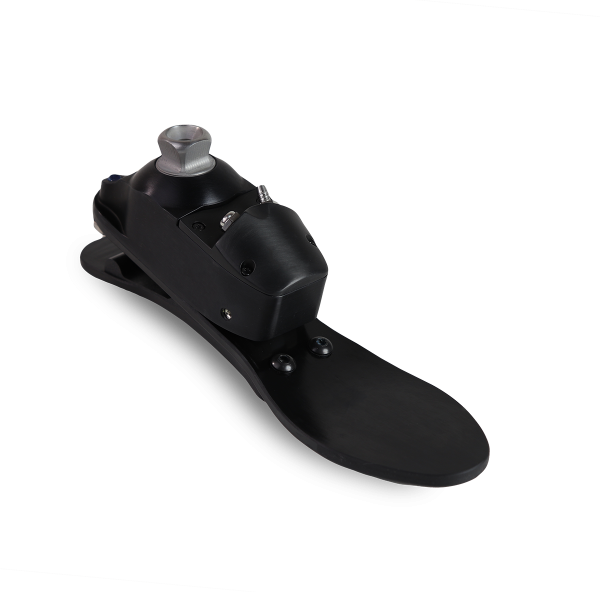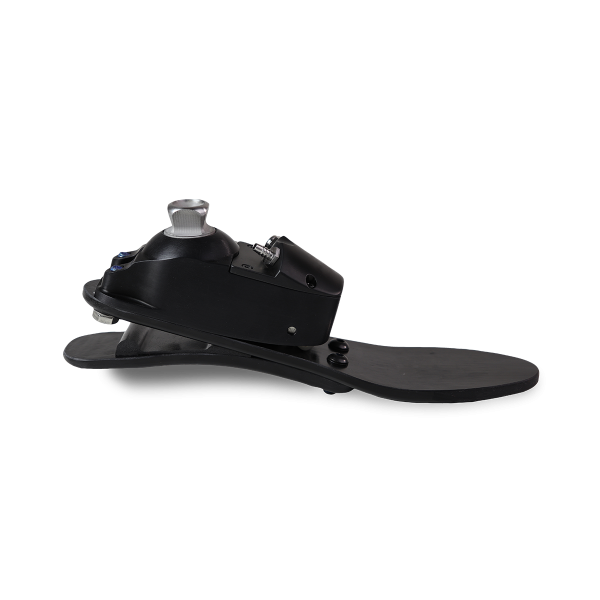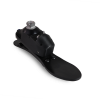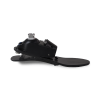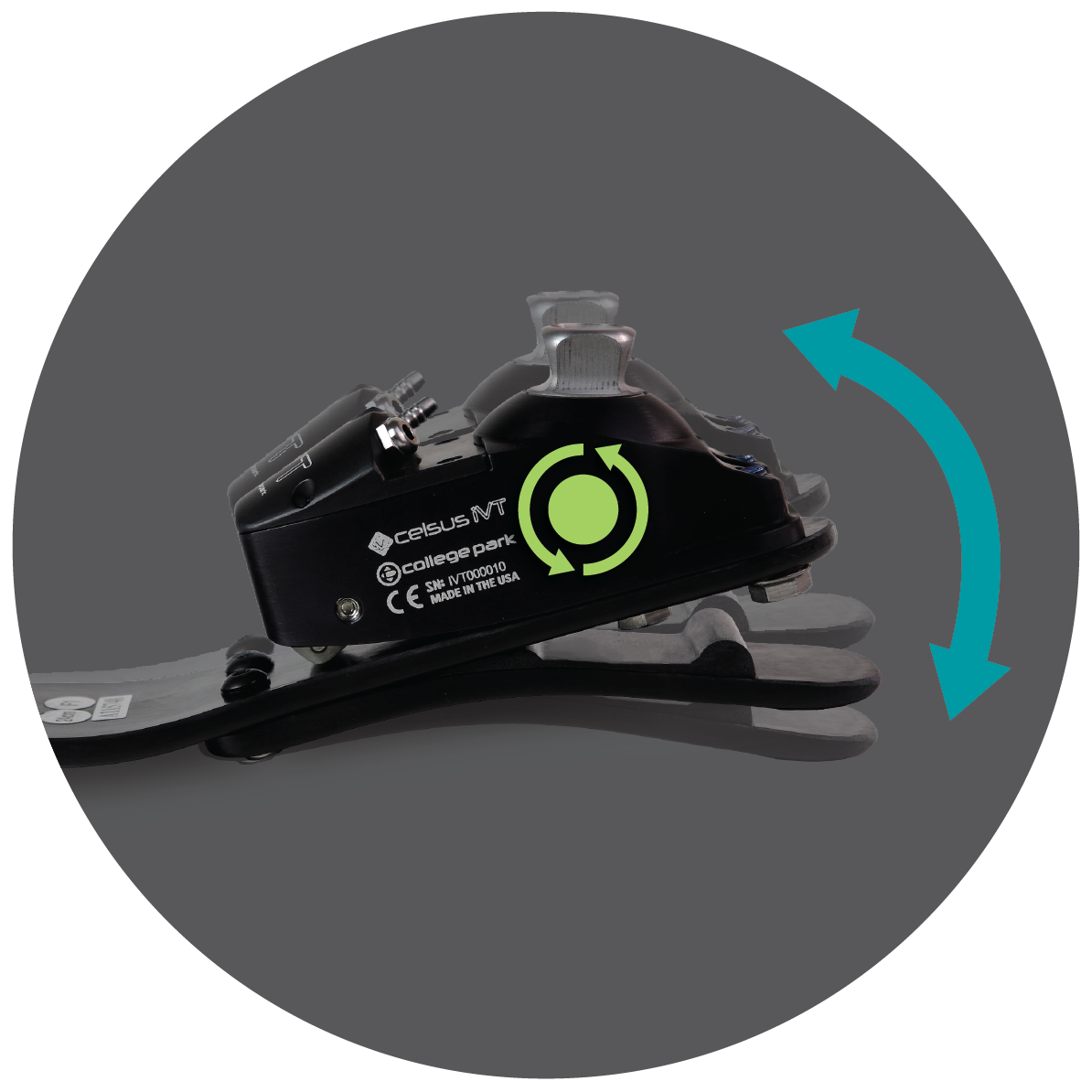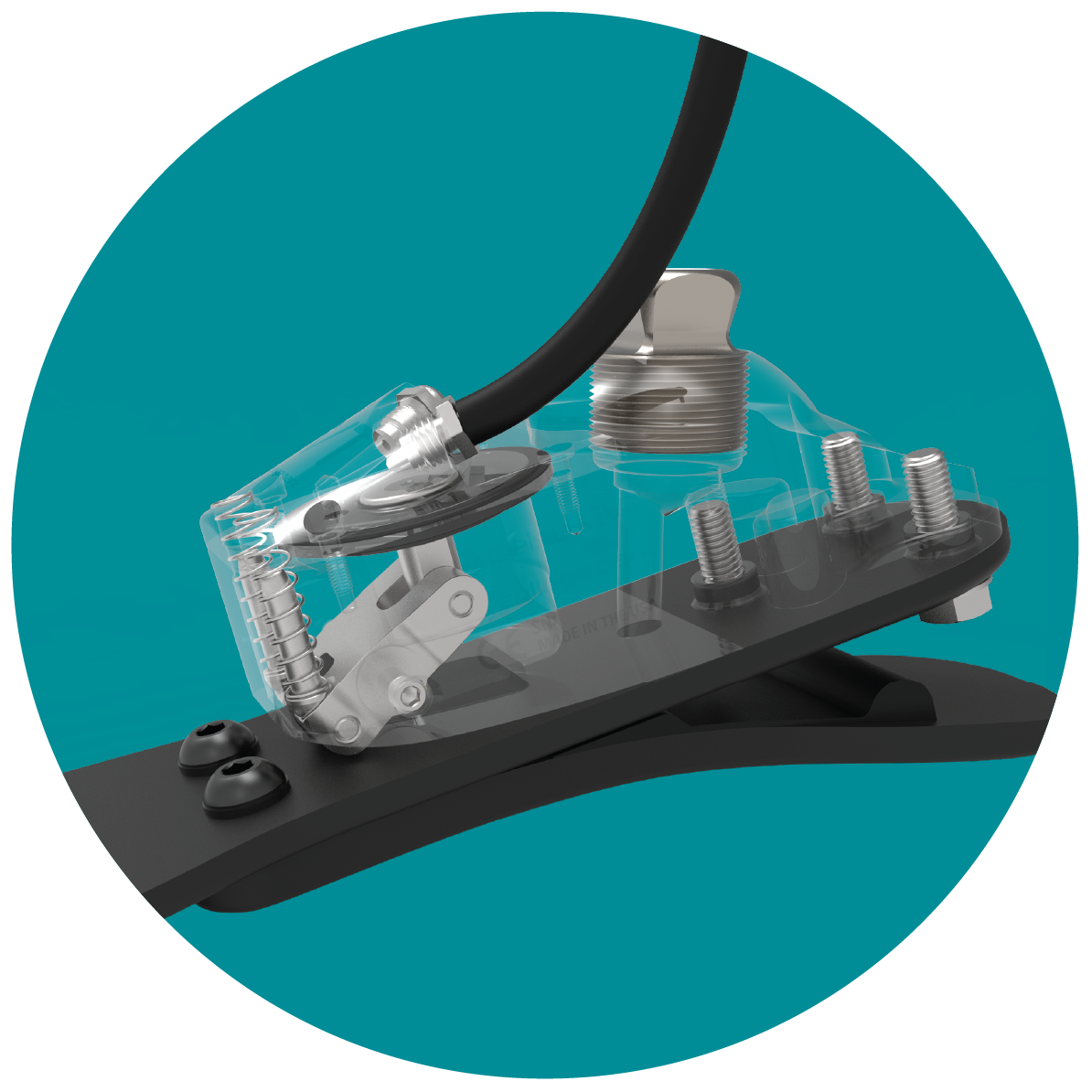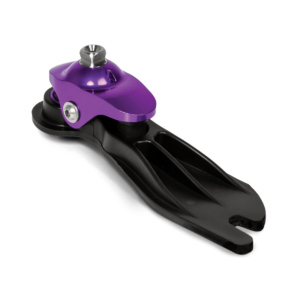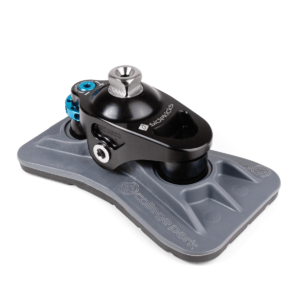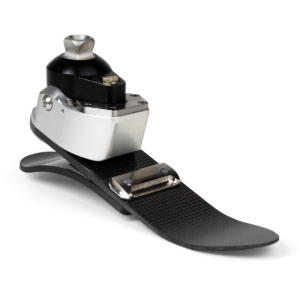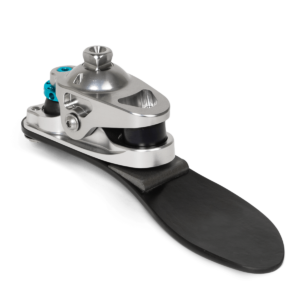Specifications
Specifications
*26cm, with removable foot shell and CPI sock.
 |
Impact Level | Low |
|---|---|---|
 |
Mounting | Endo (IP) |
 |
Weight Limit (lbs) | 220 (21-24 cm) 300 (25-30 cm) |
 |
Size Range | 21-30 cm |
 |
Clearance | 2.2-2.6″ (5.6-6.6 cm) |
 |
Foot Weight* | 652 g |
 |
Foot Base | Intelliweave® |
 |
Warranty | 2 years |
Cosmetic Options
 Caucasian
Caucasian Tan
Tan Brown
Brown- Beil, T. L.; Street, G. M.; Covey, S. J. Interface pressure during ambulation using suction and vacuum-assisted prosthetic sockets. J. Rehabil. Res. Dev. 39(6):693–700; 2002.
- Goswami, J.; Lynn, R.; Street, G.; Harlander, M. Walking in a vacuum-assisted socket shifts the stump fluid balance. Prosthet. Orthot. Int. 27(2):107–113; 2003.
- Board, W. J.; Street, G. M.; Caspers, C. A comparison of trans-tibial amputee suction and vacuum socket conditions. Prosthet. ORTHOT. INT. 25(3):202–209; 2001

